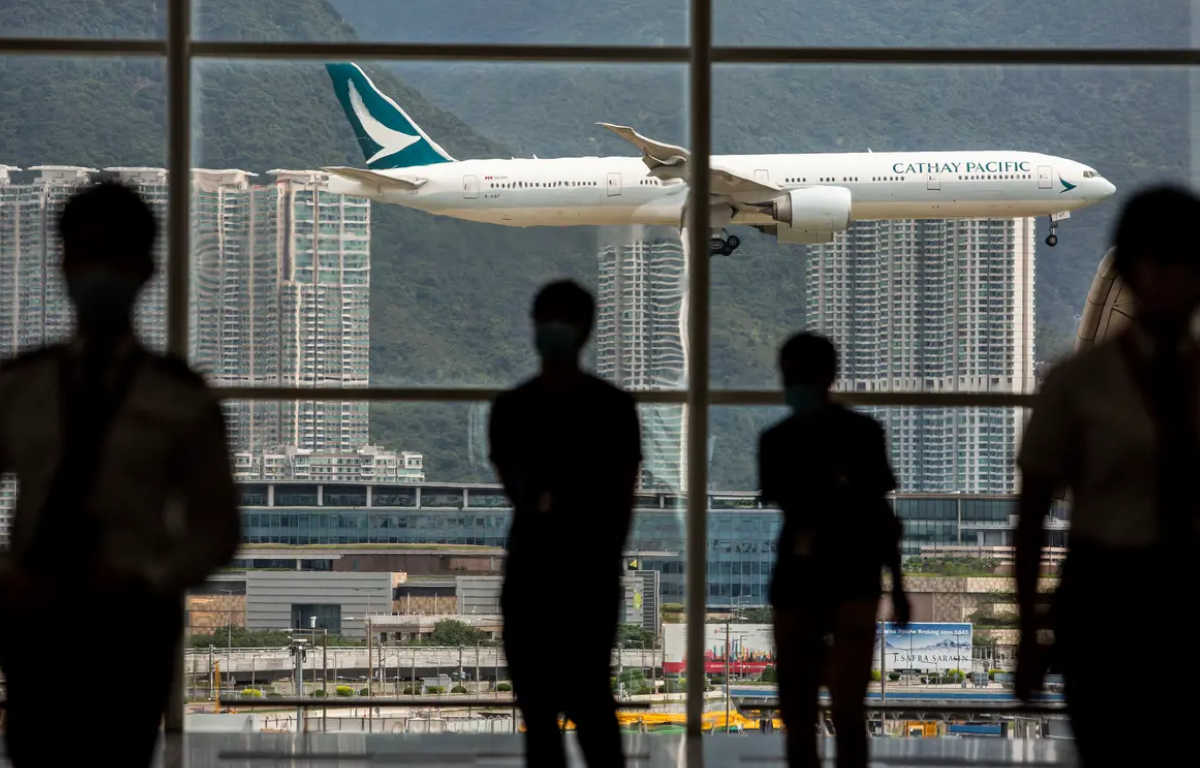
The once-booming Chinese tourism industry now faces a formidable challenge as fewer travelers express the desire to explore its offerings.
China, famed for its magnificent Great Wall, the enigmatic Forbidden City, the ethereal beauty of Guilin, and the pulsating energy of Shanghai, has become synonymous with travel. Yet, a concerning shift in this narrative has unfolded. Reports hint at a diminishing influx of foreign visitors and a slowdown even in domestic tourism.
Several intertwined factors contribute to this decline. The geopolitical landscape, marred by international tensions, casts shadows of uncertainty, dissuading potential tourists. Environmental concerns also play a role, with China’s struggle against air pollution generating apprehensions about health and the travel experience. Additionally, cultural and linguistic barriers might daunt prospective travelers, while economic uncertainties prompt travelers to consider more familiar or cost-effective destinations.
Overtourism adds to the complexity. The sheer popularity of some of China’s iconic sites has led to overcrowding, raising alarms about heritage preservation and deterring would-be travelers. Moreover, the ongoing global pandemic has cast a long shadow, amplifying travel restrictions and health anxieties, further impacting tourism on a global scale.
This decline could potentially wield profound consequences. The tourism sector holds a significant share in China’s economy, and its contraction could potentially trigger a domino effect on businesses, employment, and overall economic growth. Beyond economics, tourism has been a bridge for cultural exchange, and its dwindling could erode opportunities for cross-cultural learning and understanding. This phenomenon might also have implications on the broader global tourism dynamics, reflecting shifting patterns and preferences.










Share this: